Hair loss in women is a frequent reason for consultations with dermatologists and pharmacies.
Firstly, because it is estimated that 30% of them will experience some significant hair loss throughout their lives.
Secondly, because a woman’s hair continues to play a very important role in her image, alopecia can cause anxiety disorders and psychological conditions.
There are several causes of hair loss in women . Most of them are temporary and can be easily reversed with proper treatment.
However, it is essential to see a specialist as soon as possible so that they can determine the cause and stop the loss.
Causes of hair loss in women
Hair loss in women can be divided into two main groups: scarring alopecia and non-scarring alopecia.
Scarring alopecia is hair loss that is irreversible because the hair follicles are destroyed for some reason.
Causes of scarring hair loss in women include skin conditions such as lichen planus, lupus, and frontal fibrosing alopecia, among others. All of these dermatological conditions are much more prevalent among women than men.
Regarding frontal fibrosing alopecia, an increase in this hair loss has recently been observed during menopause, associated with states of anxiety and depression.
Other causes of scarring alopecia can be tumors or infections.
In the other large group, non-scarring alopecia, the hair follicle is intact, so it is possible to recover the hair.
Among all the causes of non-scarring hair loss in women, the most common are the following:
Androgenetic alopecia. This is a hereditary form of hair loss that can begin to manifest as early as puberty.
Hair loss in women due to androgenetic alopecia is characterized by diffuse hair loss in the central and upper areas of the scalp.
Although less common, it can also affect the sides of the head.
Telogen effluvium. This hair loss is also very common in women and causes significant hair loss. Specifically, about 300 hairs fall out per day, three times the usual amount.
This is because a large number of hair follicles in the growth phase (anagen) suddenly transition to the shedding phase (telogen).
This is a type of diffuse alopecia and is also much more common in women.
Many causes can underlie this excessive hair loss in women.
One of the best-known is postpartum alopecia . This occurs because, during pregnancy, there is a delay in the transition from the growth phase to the shedding phase.
However, once the baby is born, all this hair falls out.
This usually begins between the first and fourth month postpartum and usually subsides by six months.
Although it is a physiological process (it affects more than 60% of women), it must be ruled out that it is due to nutritional deficiencies.
Therefore, it is essential to ensure good nutrition during breastfeeding and the postpartum period in general.
Specifically, it is common for women, after pregnancy and childbirth, to experience iron deficiency , which translates into iron deficiency alopecia .
Therefore, iron supplementation is often recommended postpartum, especially if the woman is breastfeeding.
The reality is that this type of hair loss in women can first manifest itself at an earlier age, as iron needs in childhood and adolescence are increased.
This is especially true during puberty, where heavy menstrual bleeding is often responsible for this iron deficiency alopecia in young women. It can also be a consequence of inadequate diets due to the aesthetic cult of thinness.
Hair loss due to stress is another common cause of hair loss among women. Stress can be both psychological and physical. For example, after an illness that has included a fever, such as hair loss due to COVID, or after high-intensity sports such as a marathon. Other causes of excessive hair loss in women in this group can include medications, such as chemotherapy, low-calorie diets, much more common among women, and ultraviolet radiation.
The latter is due to the damage that ultraviolet rays cause to hair during the summer, which is why, in autumn, women can experience significant hair loss.
Alopecia areata. This type of hair loss in women is much less common. Only 2% of the population experiences episodes of alopecia areata at some point in their lives.
This baldness manifests as the appearance of round or oval bald patches, which may be multiple.
It is usually reversible hair loss, and the causes appear to be genetic, although environmental factors such as stress could be a predisposing factor.
Hair loss during menopause . With age, the scalp ages and loses density and the ability to optimally nourish hair follicles.
This causes the hair to become much more fragile, causing it to break and fall out easily. This is known as senile alopecia.
Loss during menopause is due to this cause and is accelerated by the sudden drop in estrogen.
Hence, menopause and hair loss are often linked.
This alopecia, therefore, is part of the set of symptoms that women may experience during this stage, along with hot flashes, insomnia, vaginal dryness, and skin changes, among others.
To the question of whether hair lost during menopause can be recovered, the answer is that there are treatments to minimize this hair loss in women and help strengthen the hair.
Other causes. Excessive hair loss in women can have a variety of other causes.
These include trichotillomania, the habit of compulsive hair pulling.
Alopecia can also be caused by certain skin conditions, such as contact dermatitis or drug-induced skin eruptions, or by fungal infections or syphilis.
Another cause of hair loss in women is traction alopecia. This is common in gymnasts or dancers who wear their hair excessively taut. If not corrected in time, it can become irreversible.
It should be noted that hair loss in women can also be accompanied by alopecia in the eyebrows , eyelash loss , as well as split nails or even nail loss .
Treatment for hair loss in women
In women with hair loss, treatment will consist of addressing the underlying cause.
Thus, the therapeutic approach may consist solely of adopting lifestyle changes that involve improving rest , stress management and, above all, nutrition.
In this sense, there are nutrients that are especially important for hair health. These include proteins, vitamins A, C, and B, iron, zinc, and magnesium.
Thus, the best foods to prevent hair loss will be those that include these nutrients in greater quantities.
In cases where there is a significant nutritional deficiency or the need for certain nutrients is increased, treatment for hair loss in women should involve supplementation.
In this sense, hair loss supplements are usually very effective and help stop hair loss quickly.
When it comes to androgenetic alopecia, the most common treatments are minoxidil, antiandrogens, and some contraceptives.
Minoxidil treatment is also one of the therapeutic options for alopecia areata.
Other medical-aesthetic treatments to consider are hair mesotherapy and platelet-rich plasma treatment.
The first consists of the infiltration of amino acids, vitamins, trace elements, and sometimes drugs such as finasteride through microinjections into the scalp.
Platelet-rich plasma treatment, on the other hand, is based on the application of substances such as bioactive proteins, growth factors, and peripheral stem cells, all obtained from the patient’s own plasma.
Finally, hair prostheses and hair transplants are other options to consider when experiencing significant hair loss.
Beyond treatments, there are tips for preventing hair loss in women that have more to do with daily hair care.
For example, avoid using a hairdryer at high temperatures, wearing very tight hairstyles, or excessive sun exposure.
Scalp massages should also be avoided. Although there is a popular belief that they are beneficial, they actually do the opposite.
Massages shorten the lifespan of hair follicles and cause them to fall out earlier than their natural cycle should.
What is advisable is to use hair conditioner and a wide-tooth brush to make styling easier. Cutting your hair regularly will also help improve its appearance.
You can also wash your hair as often as you like, even daily, and use gels or hair gels. Neither of these habits will promote hair loss in women.





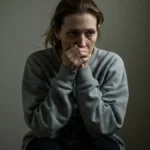

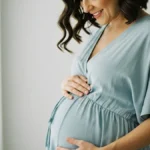


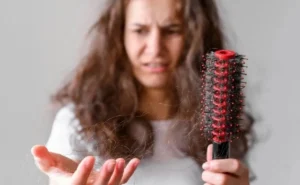

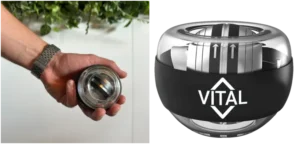




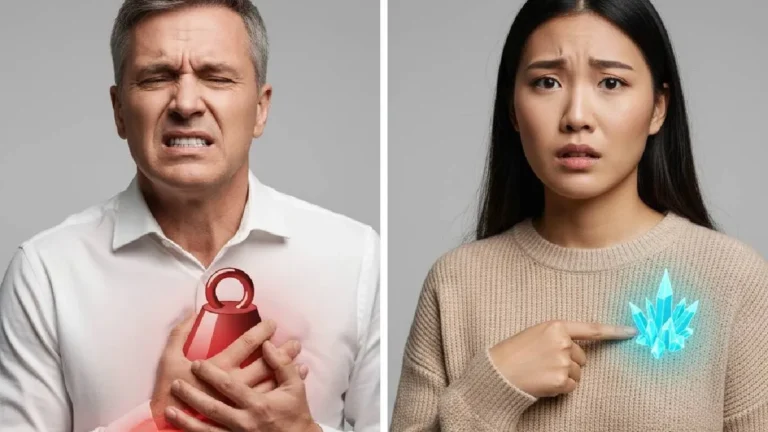

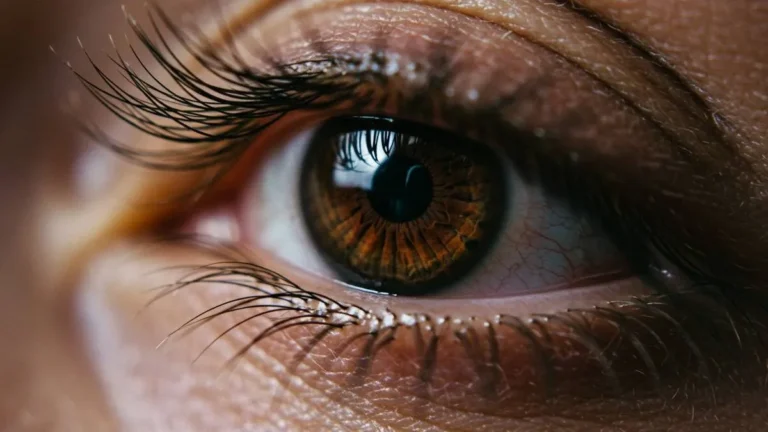
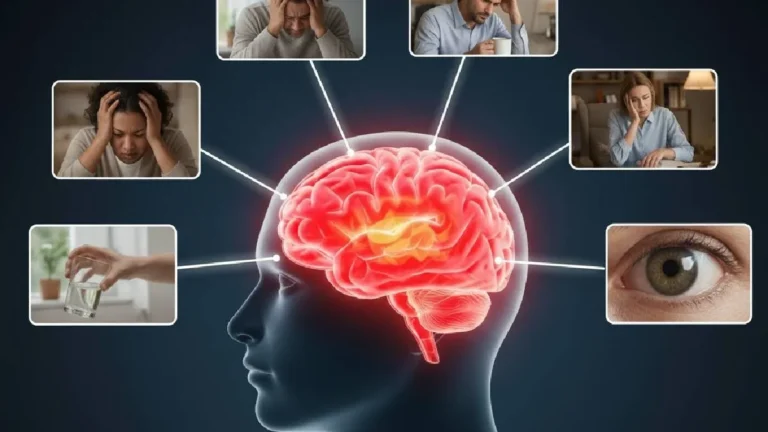


+ There are no comments
Add yours